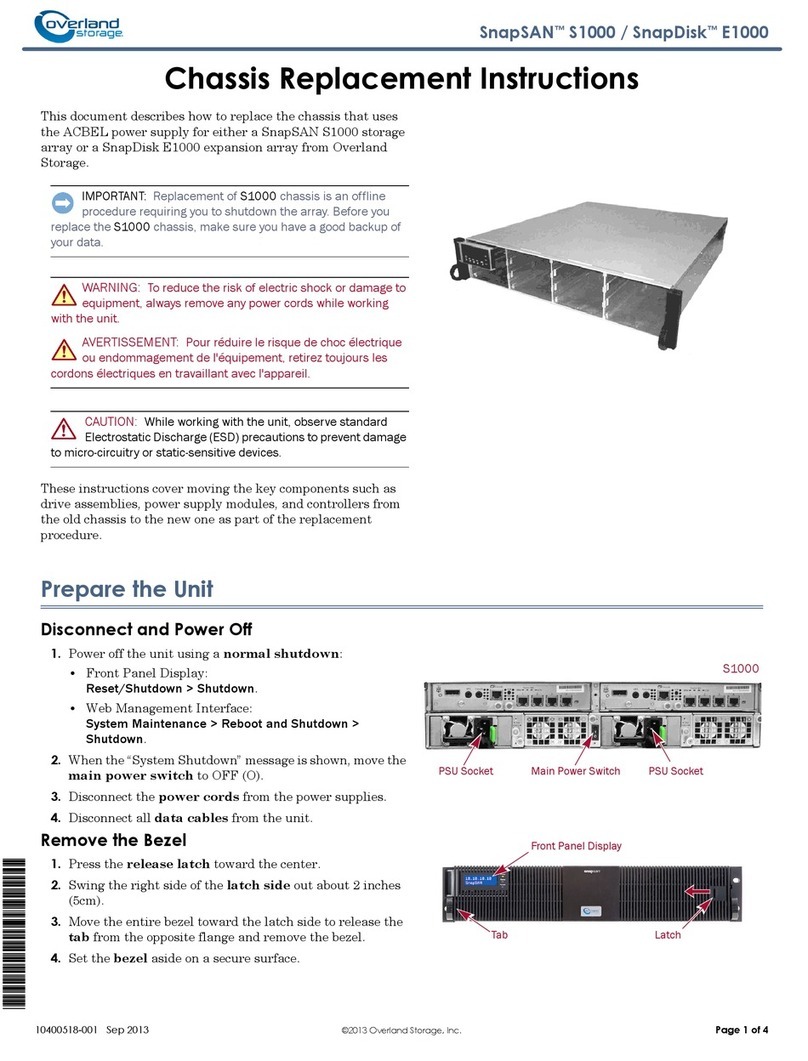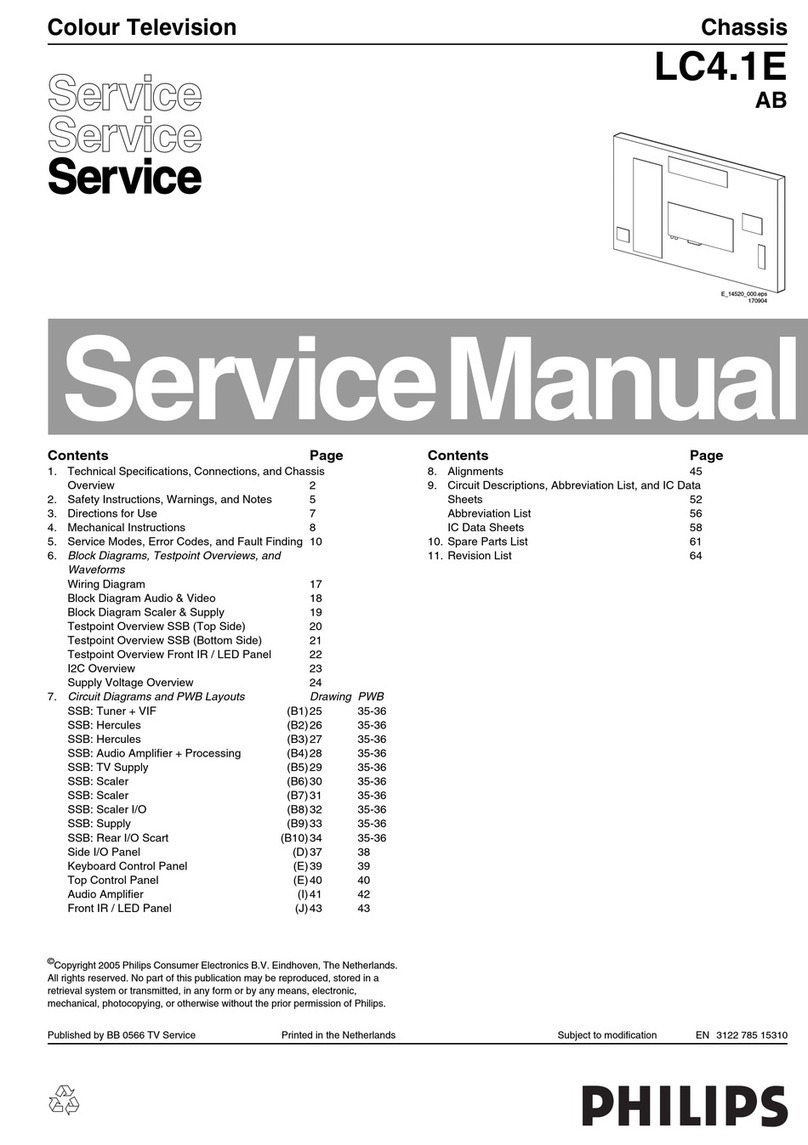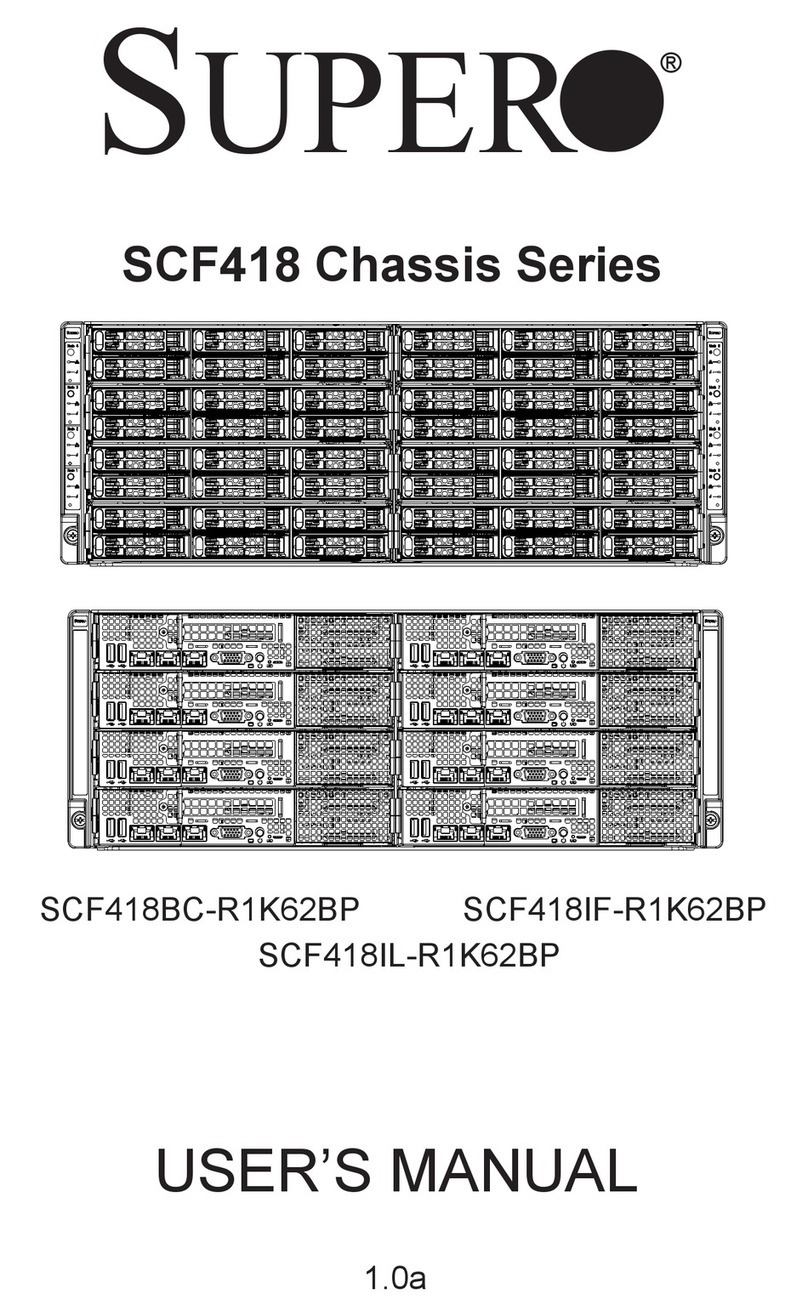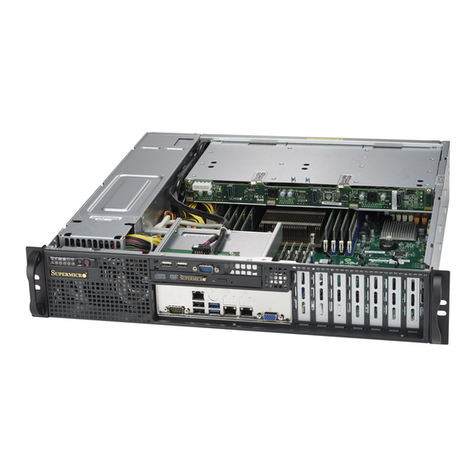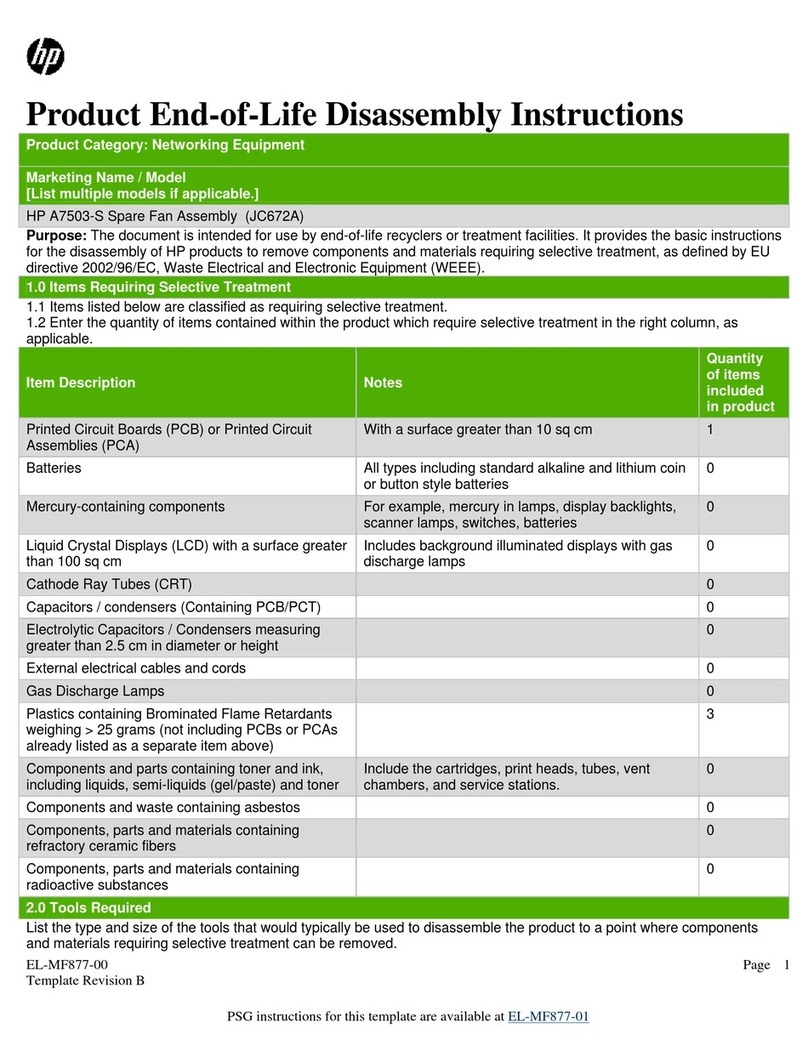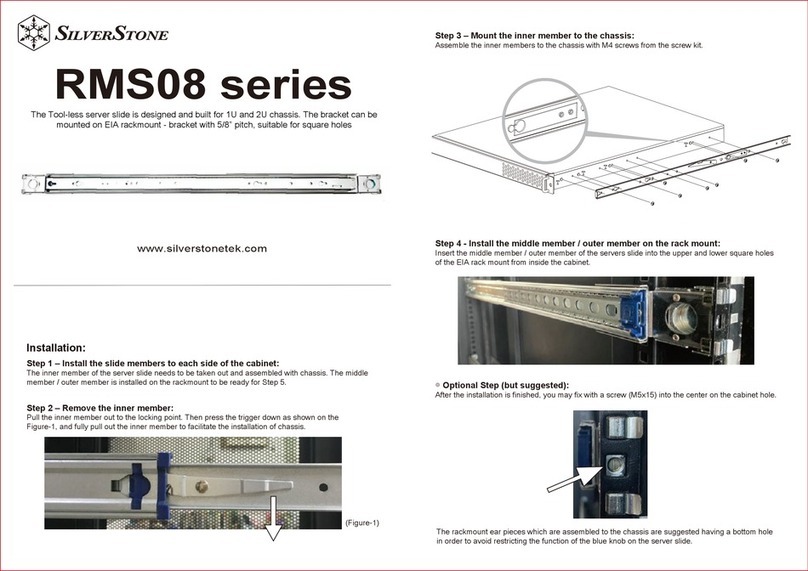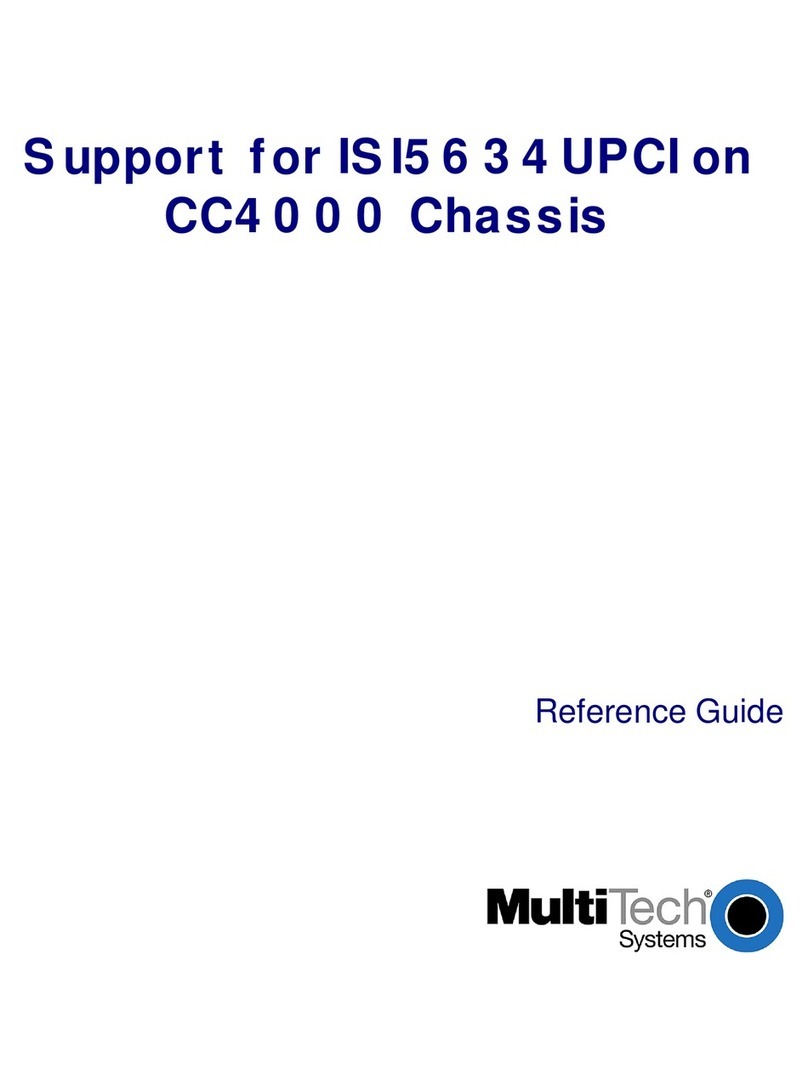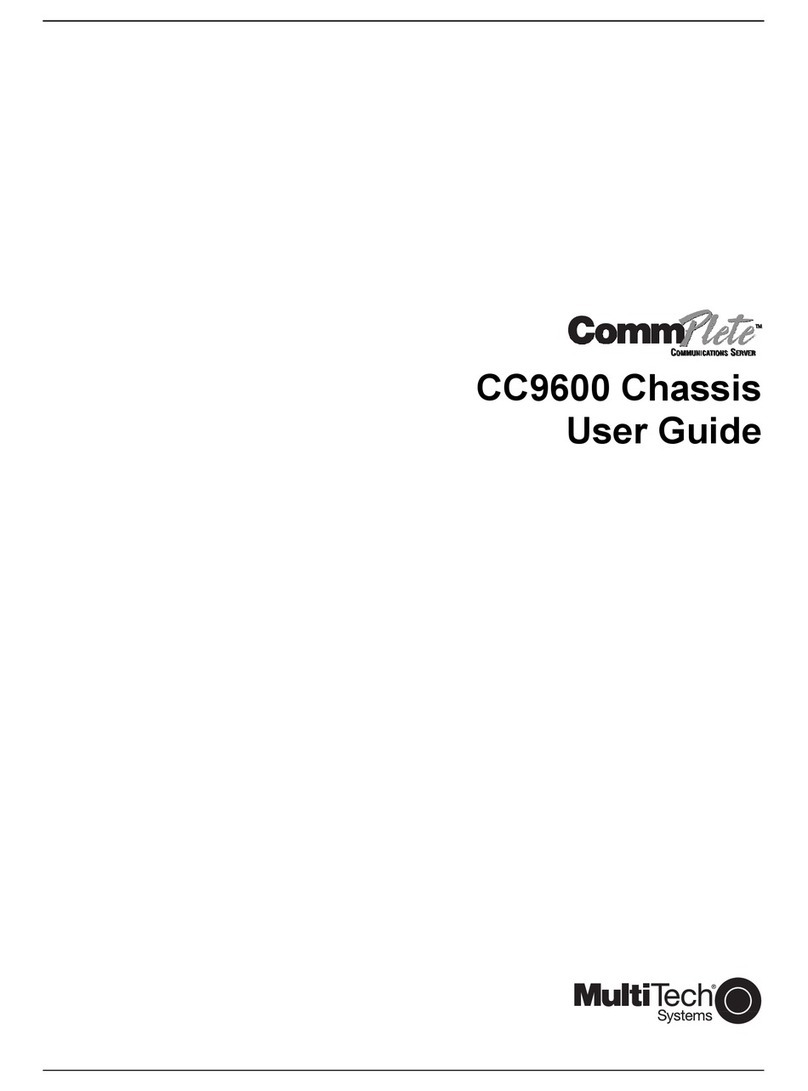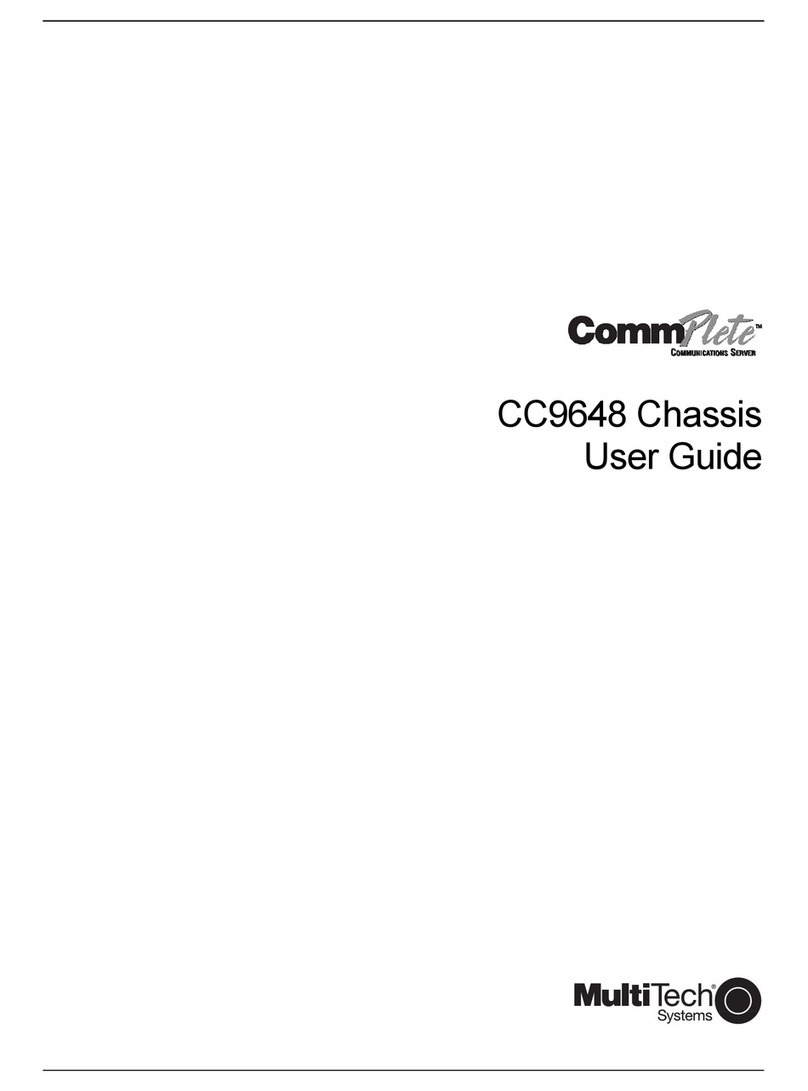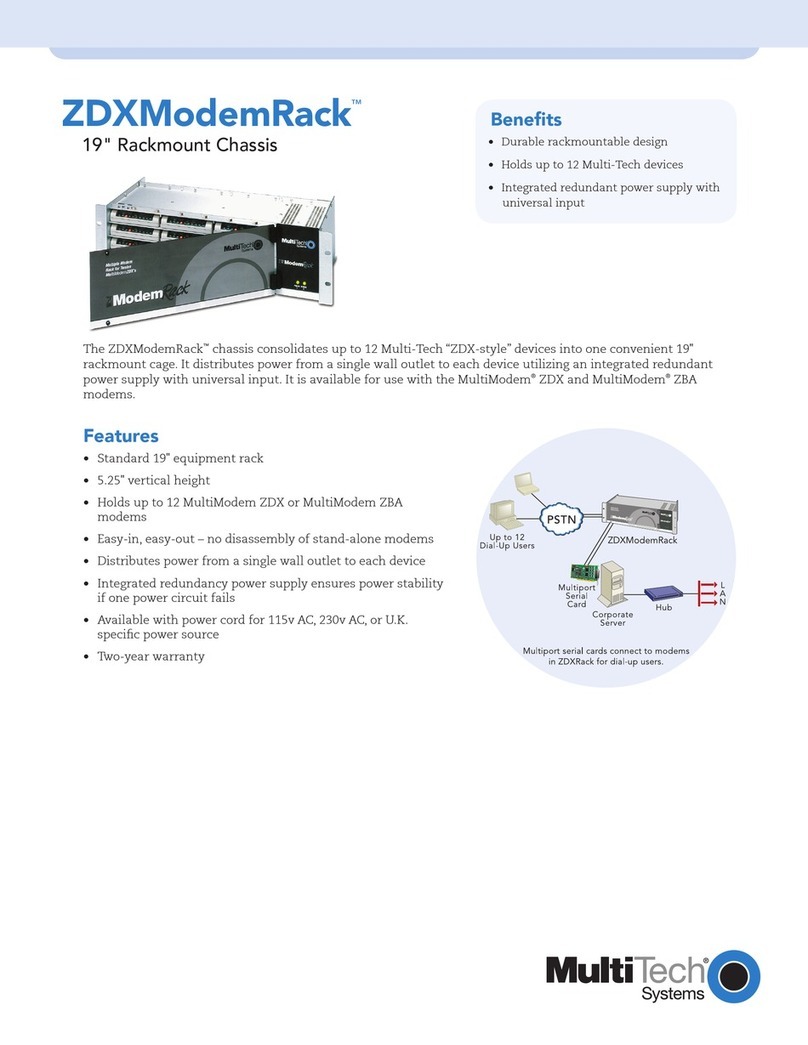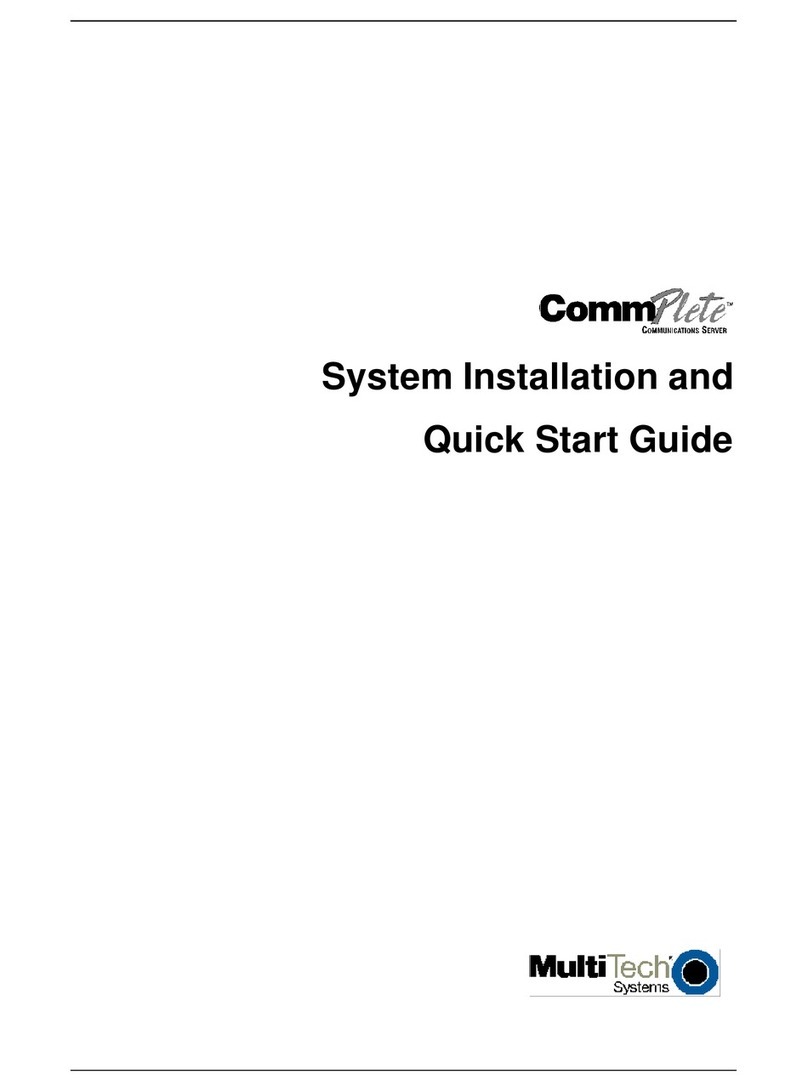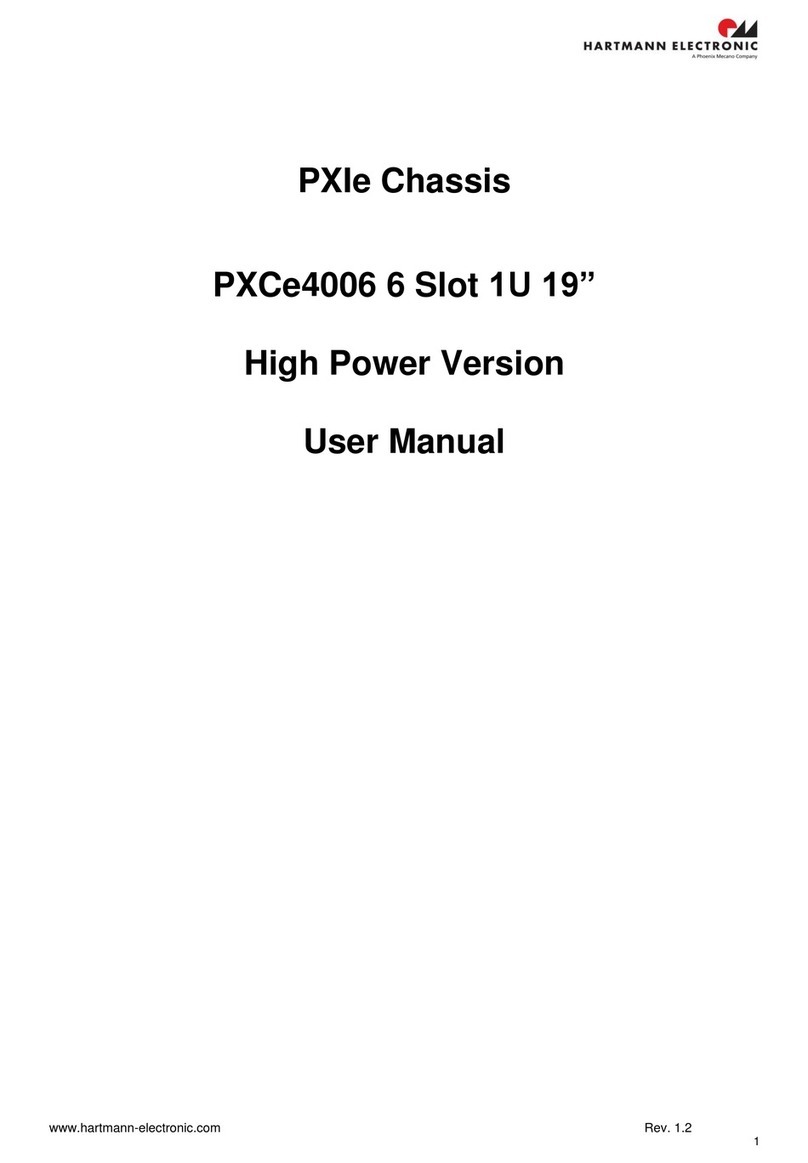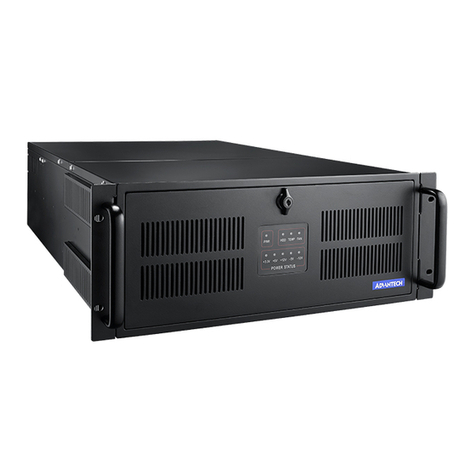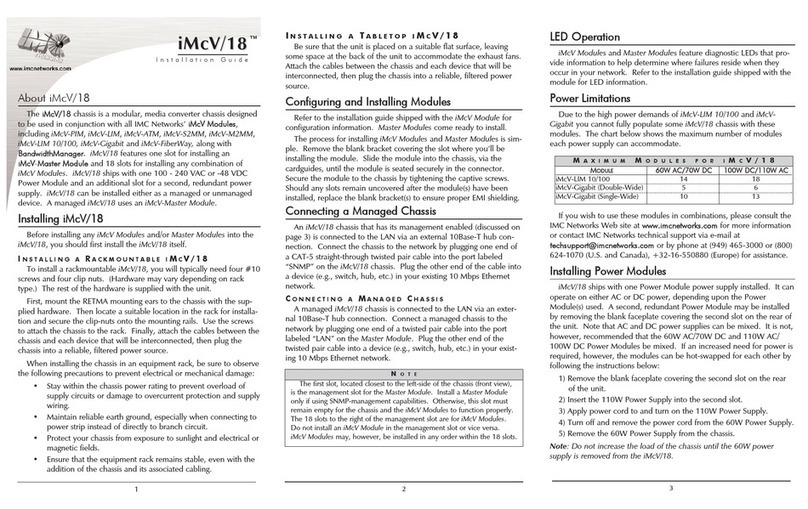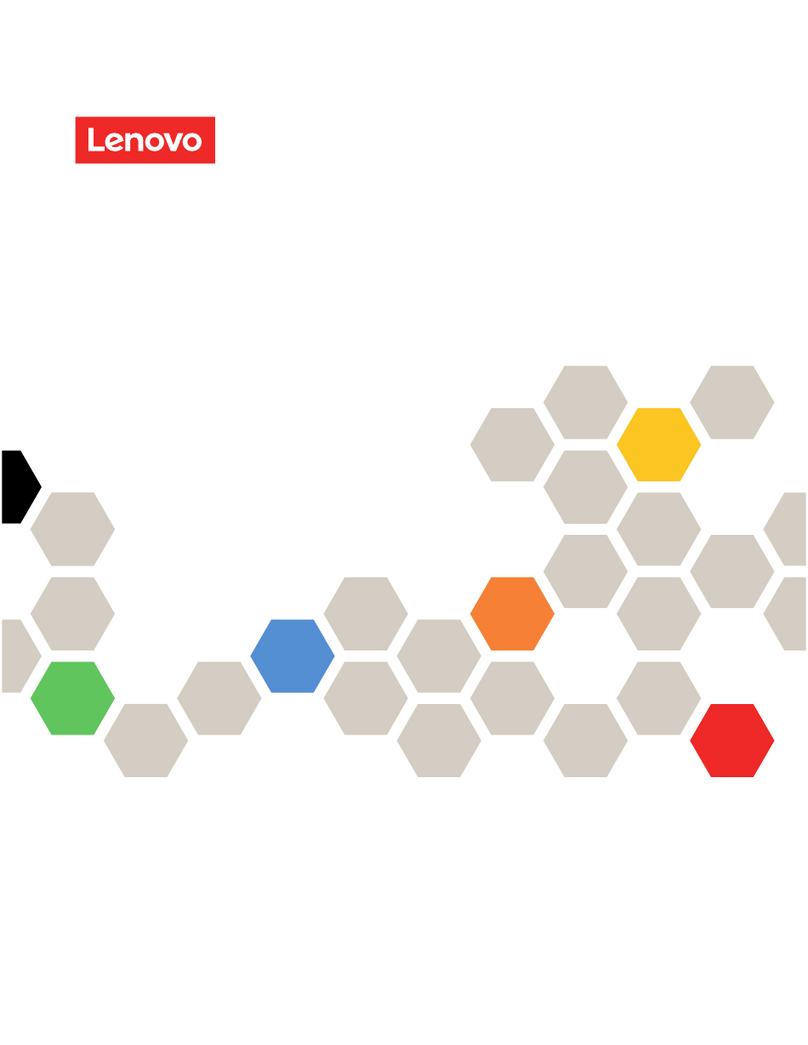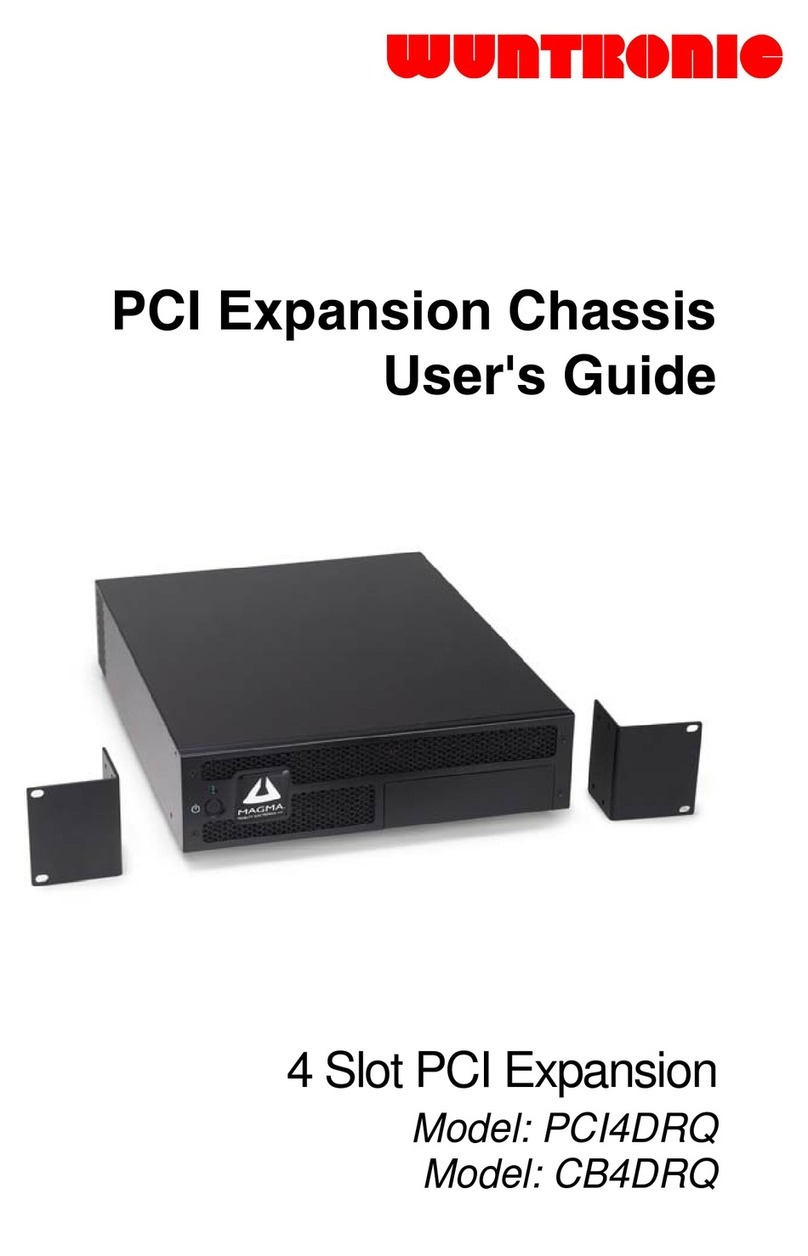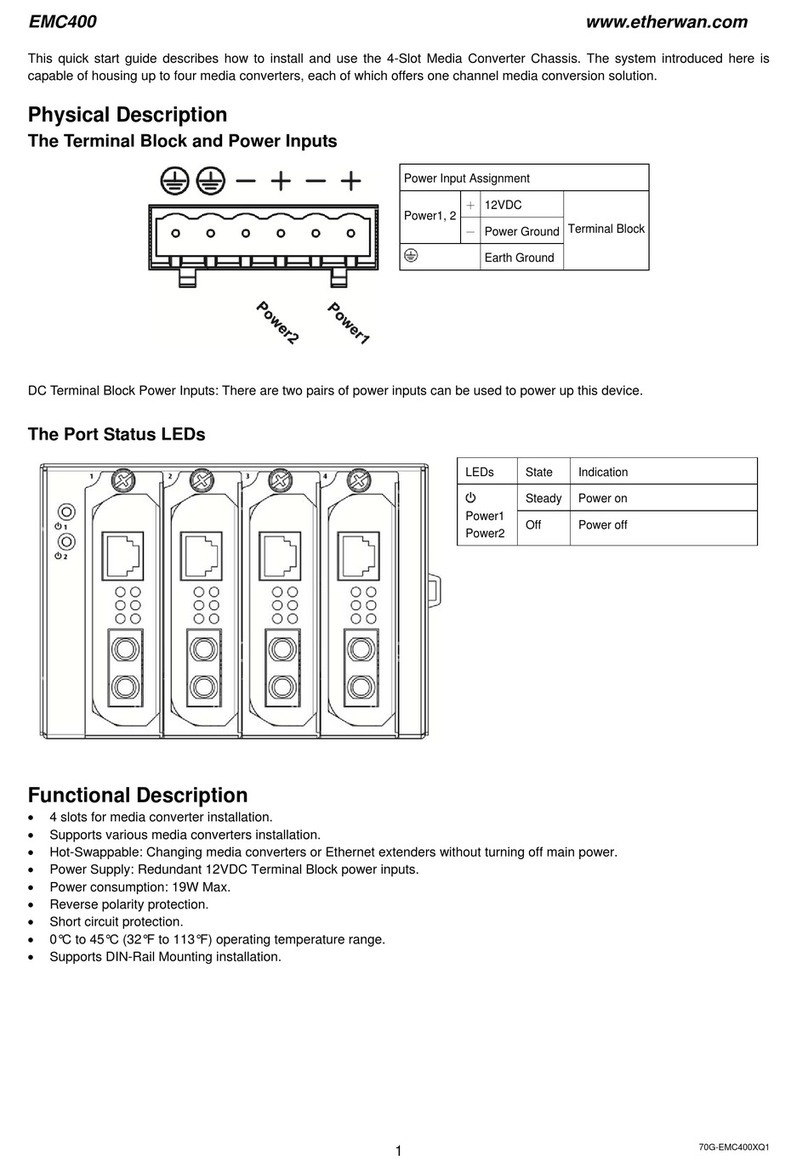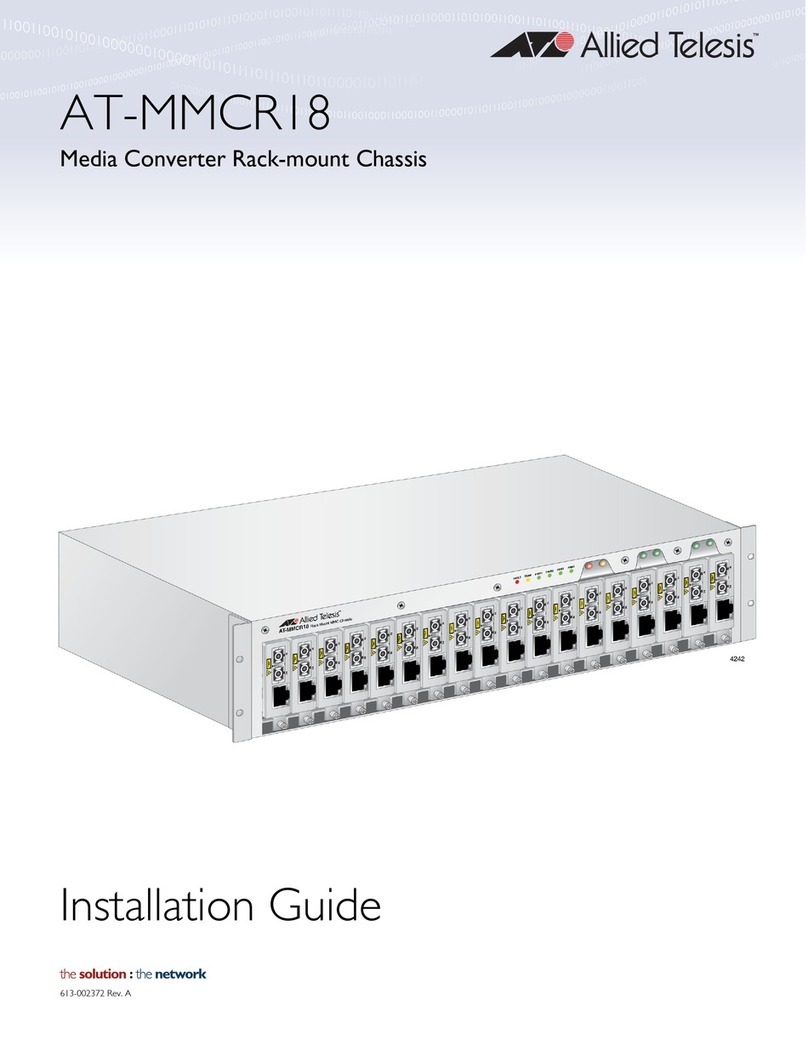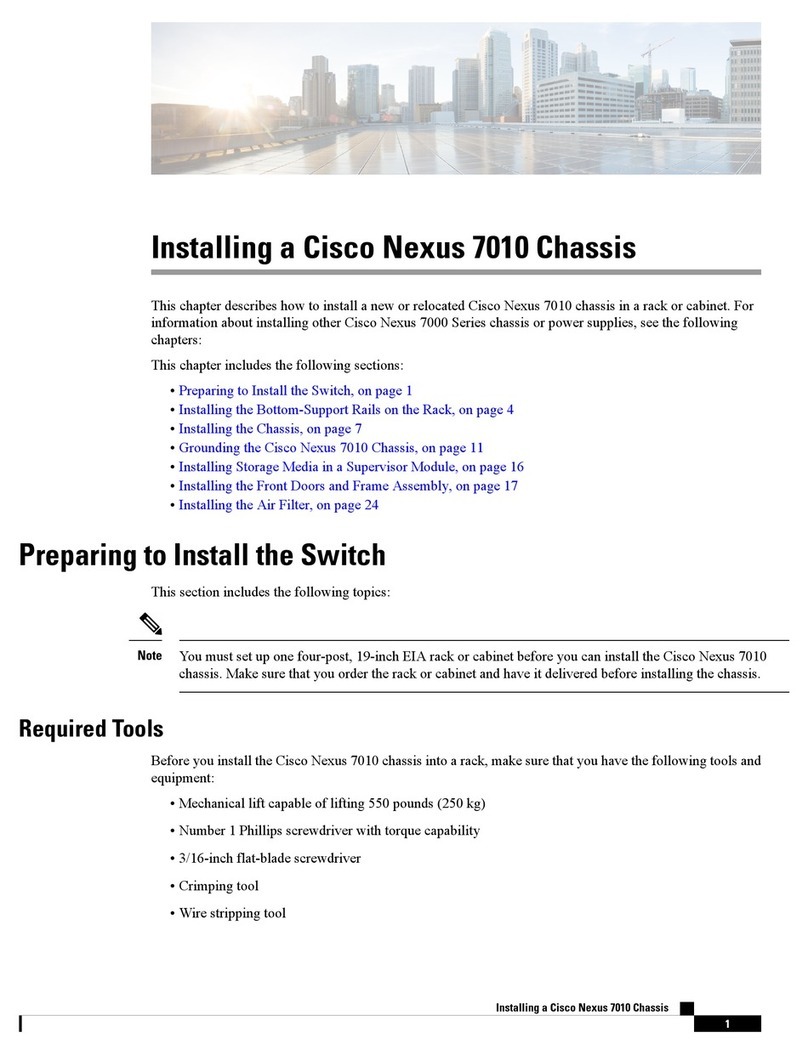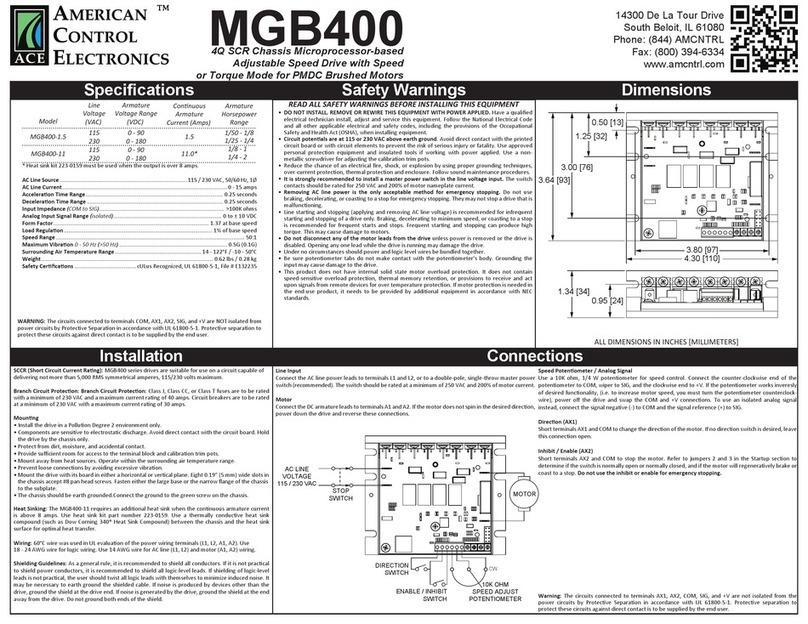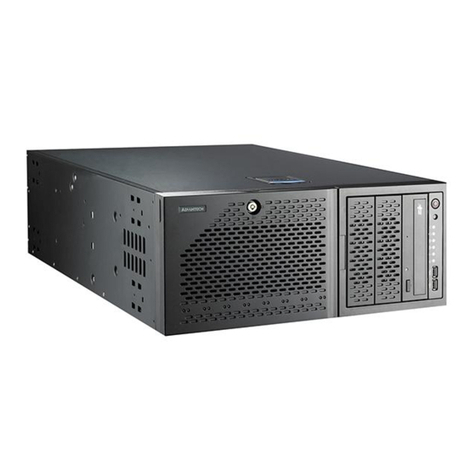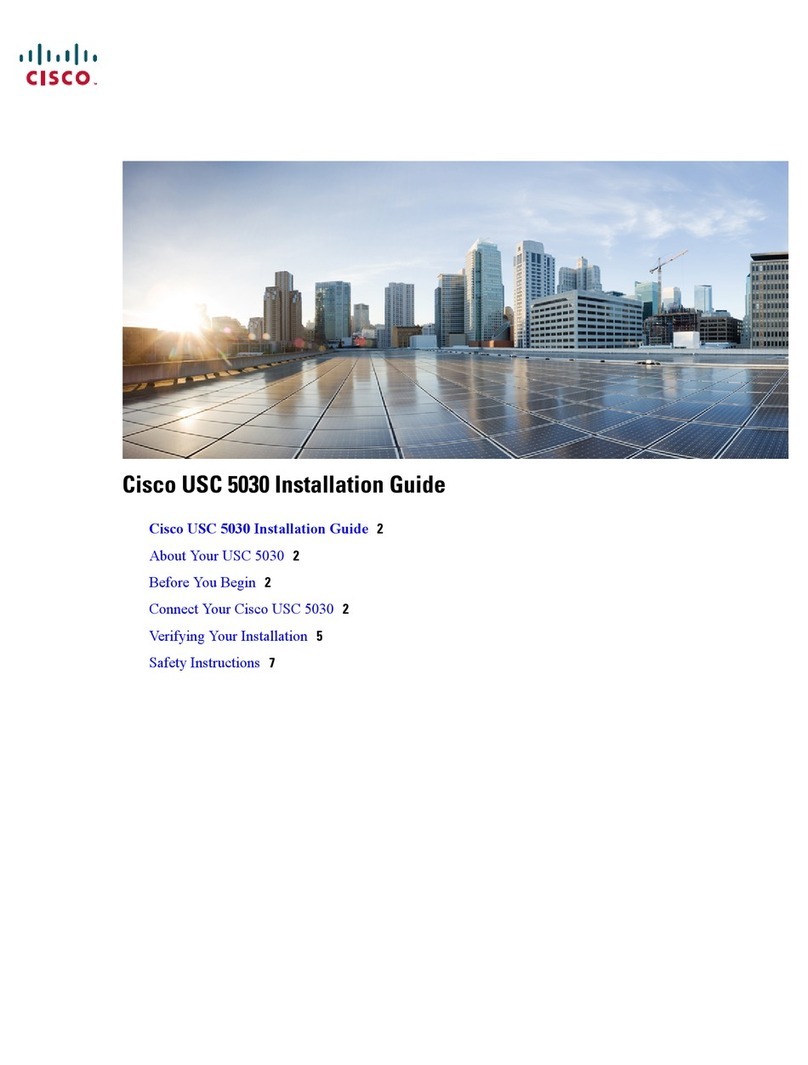1 - 2
1.3
Special Considerations for CC4800 48 Volt Card Cages
The power supply input screw terminals, located on the bottom right portion
of the back of the card cage, are intended to serve as the disconnect device.
The power requirement is DC, 42-54V, 7A. For continued protection against
risk of fire, replace with same type and rating of fuse. The fuse size is
T7.0A, 250V.
The rack back panel on your CC4800 48 Volt Card Cage does not appear as
illustrated in Chapter Two of this manual. Instead of an AC Power outlet and
fuse on the bottom right of the cage, you will find a 3-terminal power input
strip and an hexagonal-shaped fuse holder. The power input strip is labelled,
from left to right, negative (-), positive (+) and earth ground:
1.4
General Installation Considerations
This equipment should only be installed by properly qualified service
personnel.
You may be installing components into a CC4800 card cage for the first time,
or you may be re-installing or replacing components. Please observe the
following:
• unpack hardware carefully.
• perform a visual inspection of the hardware. If you are concerned about
the condition of your rack, call Technical Support.
• make sure that the flat ribbon cable on the back of your card cage is
properly seated.
• for a first-time installation, install your power supplies, then power-up the
rack to make sure the supplies work, then power the unit down before
installing the other components.
• consult the manuals for your other component(s) (Power Supply, Rack
Controller, and Modem Cards) to customize your settings before you install
it (them) into the Card Cage. If you are installing more than one rack, you
will need to change the Node ID of the additional controller(s). You will
need to see the Controller manual for full instructions.
